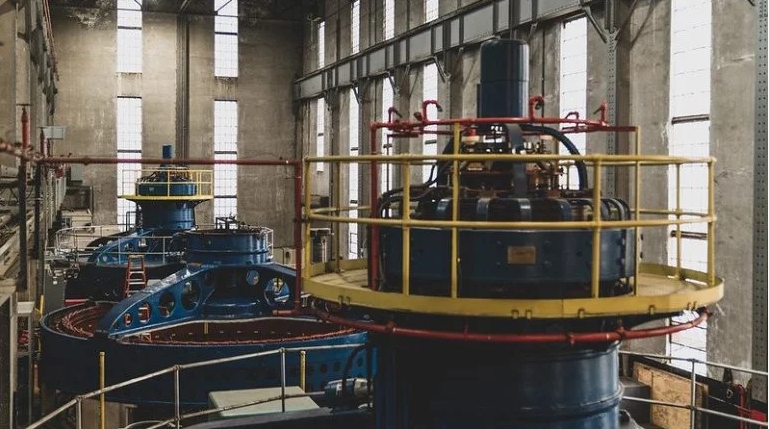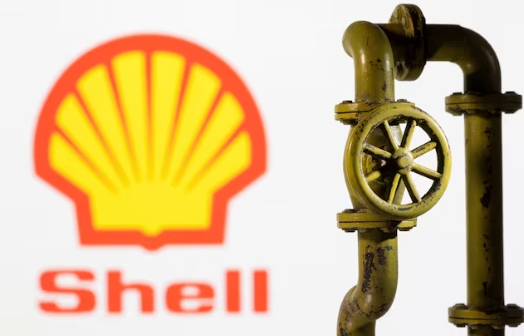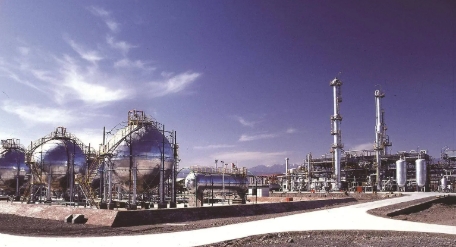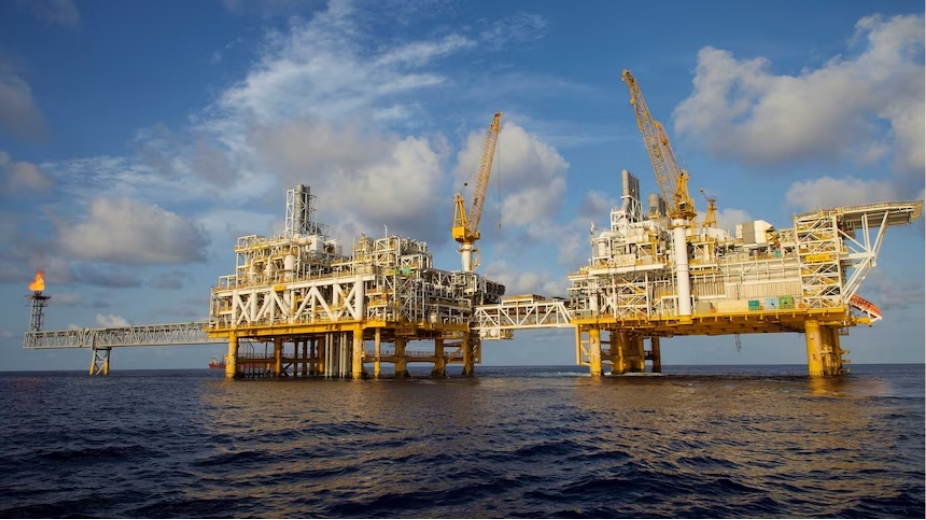
Hydropower stakeholders have identified five major gaps in the US supply chain that could hinder the industry’s ability to support the electric grid. These gaps include unpredictable demand for materials, limited domestic suppliers, challenging federal contracting laws, foreign competition, and a shortage of skilled workers. The Water Power Technologies Office (WPTO) of the US Department of Energy (DOE) collaborated with industry experts to pinpoint these issues and propose potential solutions.
In 2022, WPTO analyzed the domestic hydropower supply chain and identified several challenges. They then engaged with the hydropower industry to develop strategies for encouraging domestic manufacturing. WPTO focused on three key areas:
Defining the market for rehabilitations and new construction of hydropower facilities.
Providing insights for policies, incentives, loan programs, and technology investments to encourage domestic content.
Defining existing and needed domestic hydropower manufacturing capabilities and workforce.
WPTO and the National Hydropower Association (NHA) hosted sessions in May 2023 and March 2024 to gather industry insights. Stakeholders identified five main gaps in the supply chain:
Unpredictable demand for materials and components: Hydropower systems have long lifespans (30-50 years), leading to inconsistent demand for replacements and refurbishments.
Limited domestic suppliers: There are few or no domestic suppliers for many necessary materials and components.
Federal contracting and domestic content laws: These are meant to support domestic content but often do not help small businesses due to the large scale of federal procurements.
Foreign competition and trade policies: Inequitable competition from foreign companies and ineffective trade policies disadvantage domestic suppliers.
Shortage of skilled workers: The hydropower industry lacks skilled workers due to offshoring and an aging workforce.
Stakeholders suggested several remedies for these issues:
Federal fleet modernization: Utilizing the federal hydropower fleet’s refurbishment needs to create a consistent demand signal. “The potential demand signal from refurbishments and modernizations of federal facilities can be significant,” stakeholders noted.
Supply chain awareness: Developing databases of domestic manufacturers and predictive tools to help both federal and private fleets.
Collaborating with other industries: Working with other low-carbon technologies and industries to create a steady demand for common materials.
Workforce development: Expanding educational programs and experiential opportunities like internships and apprenticeships to attract new talent to the hydropower industry.
This input will help the DOE strengthen the domestic hydropower supply chain, inform policies, and focus on workforce development to support the industry.







